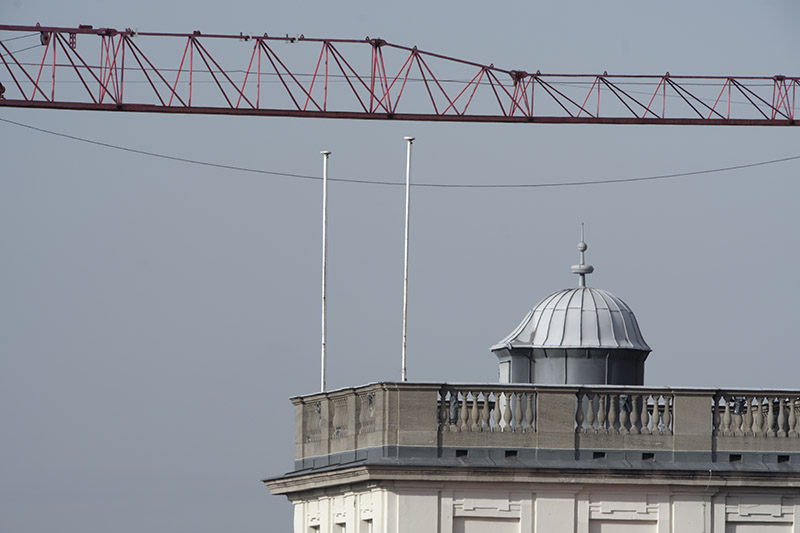


However, for an achromat of typically encountered sizes to have an acceptable level of colour correction, an optician needs to make the instrument’s focal length at least twelve times the diameter (or aperture) of the lens, which immediately explains the long tubes of classical refractors. In fact, the use of crown and flint types of glass to fashion a so-called ‘achromatic’ lens capable of bringing two wavelengths of the colour spectrum (usually red and blue) to focus dates back to the British inventor Chester Moore Hall, in around 1730. I quickly learned that a simple compound lens composed of a sandwich of two types of glass with opposing dispersive (prismatic colour-making) qualities only goes a limited way to cancelling out this annoying inherent defect of refractors.

Thus I had my introduction to the bane of simple lensbased instruments: chromatic aberration. While I was immensely proud of my four-inch, f/5 refractor, its images of the Moon and bright planets were surrounded by a vivid purple halo. I built my first telescope out of a 100mm diameter, two-element government surplus lens of 500mm focal length in the early 1970s. For casual terrestrial observations and quick looks at the Moon the TS PhotoLine 60mm, f/6 is quite at home on a sturdy photo tripod such as the author’s Manfrotto 055 shown here.


 0 kommentar(er)
0 kommentar(er)
